Home>Gardening & Outdoor>Plant Care & Gardening Tips>What Is The Difference Between A Utah Native Plant, A Xeriscape Plant, And A Low Water Use Plant?
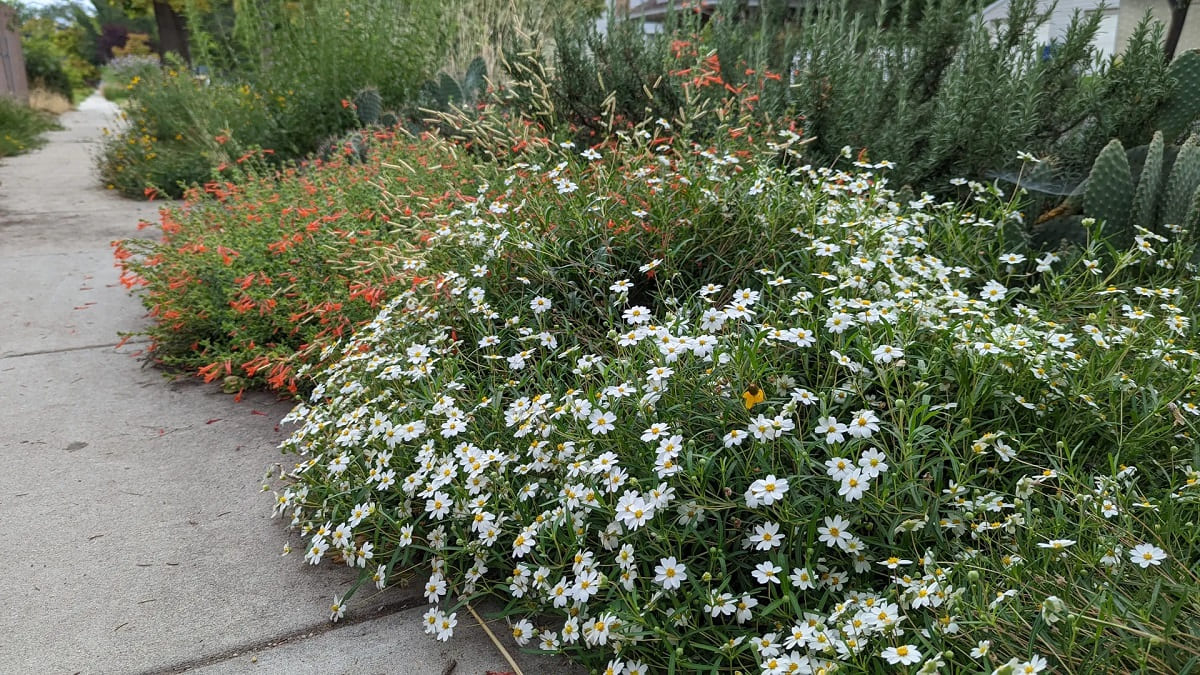

Plant Care & Gardening Tips
What Is The Difference Between A Utah Native Plant, A Xeriscape Plant, And A Low Water Use Plant?
Modified: January 4, 2024
Learn about the distinctions between Utah native plants, xeriscape plants, and low water use plants. Get expert plant care and gardening tips.
(Many of the links in this article redirect to a specific reviewed product. Your purchase of these products through affiliate links helps to generate commission for Storables.com, at no extra cost. Learn more)
Introduction
Welcome to the vibrant world of plant care and gardening in Utah! As a gardening enthusiast, you may have encountered terms like “Utah native plants,” “xeriscape plants,” and “low water use plants.” While these terms may seem similar, they each represent distinct categories of plants that play crucial roles in sustainable landscaping and gardening practices.
Understanding the differences between Utah native plants, xeriscape plants, and low water use plants is essential for creating thriving and environmentally friendly gardens. In this comprehensive guide, we will delve into the unique characteristics of each plant category, exploring their benefits, ideal growing conditions, and how they contribute to the overall health of Utah’s ecosystems.
Whether you’re a seasoned gardener or just beginning your horticultural journey, this article will equip you with valuable insights to make informed decisions about plant selection and cultivation, ultimately enhancing the beauty and sustainability of your garden.
Key Takeaways:
- Utah native plants, xeriscape plants, and low water use plants each offer unique benefits for sustainable gardening in Utah. They celebrate the state’s natural heritage, conserve water, and promote ecological balance and resilience.
- Embracing these plant categories in your garden not only enhances its beauty but also supports local ecosystems, conserves water, and fosters environmental stewardship. Celebrate Utah’s botanical legacy while creating thriving and sustainable outdoor spaces.
Utah Native Plants
Utah native plants are the botanical gems that have evolved and adapted to the specific environmental conditions of Utah’s diverse landscapes over thousands of years. These plants are inherently suited to the region’s climate, soil types, and natural ecosystems, making them integral to the preservation of Utah’s biodiversity.
One of the defining features of Utah native plants is their resilience in the face of the state’s climatic extremes, including hot, arid summers and cold, snowy winters. These plants have developed sophisticated mechanisms to survive and thrive in these challenging conditions, making them valuable assets for sustainable landscaping and conservation efforts.
When incorporated into gardens and landscapes, Utah native plants offer a multitude of benefits. They provide essential habitats and food sources for native wildlife, including birds, insects, and small mammals. By supporting local ecosystems, these plants contribute to the overall health and balance of Utah’s natural environments.
Furthermore, Utah native plants often require minimal maintenance once established, reducing the need for excessive watering, fertilization, and pest control. This characteristic aligns with the principles of sustainable gardening and conservation, promoting ecological harmony and resource efficiency.
Embracing Utah native plants in your garden not only celebrates the state’s natural heritage but also fosters a deeper connection to the land and its indigenous flora. Whether you opt for the vibrant blooms of the Rocky Mountain columbine or the hardy resilience of the Utah serviceberry, incorporating native plants into your landscape can elevate its ecological value and aesthetic appeal.
By cultivating Utah native plants, gardeners play a vital role in preserving the state’s botanical legacy and promoting sustainable horticultural practices. These plants serve as living testaments to Utah’s rich natural history, offering a glimpse into the intricate web of life that thrives within its borders.
Xeriscape Plants
When it comes to creating water-efficient and visually stunning landscapes in Utah, xeriscape plants take center stage. Xeriscaping is a landscaping approach designed to conserve water and reduce maintenance requirements while still producing breathtaking outdoor spaces. At the heart of xeriscaping are plants that are well-suited to arid and semi-arid climates, making them ideal choices for Utah’s water-conscious gardeners.
Xeriscape plants are selected for their ability to thrive in low-water conditions, making them invaluable for sustainable gardening in Utah’s diverse environments. These plants have evolved to withstand periods of drought, relying on specialized adaptations such as deep root systems, succulent foliage, and water-storing tissues to survive in arid regions.
One of the key advantages of xeriscape plants is their exceptional resilience in the face of Utah’s fluctuating weather patterns. From the vibrant blooms of the desert marigold to the silvery foliage of the rabbitbrush, these plants offer an array of colors, textures, and forms, adding visual interest to xeriscape gardens throughout the state.
By incorporating xeriscape plants into your landscape, you can significantly reduce water consumption while still enjoying a diverse and visually appealing garden. These plants are well-suited to Utah’s climate, requiring minimal irrigation once established and contributing to sustainable water usage practices.
Furthermore, xeriscape plants play a pivotal role in promoting biodiversity and supporting local ecosystems. Many of these plants provide essential nectar and pollen for native pollinators, including bees, butterflies, and hummingbirds, enhancing the ecological value of xeriscape gardens and contributing to the overall health of Utah’s natural habitats.
Whether you’re captivated by the graceful elegance of the yucca plant or the striking beauty of the penstemon, xeriscape plants offer a diverse palette of options for creating water-wise and visually captivating landscapes in Utah. By embracing these resilient and environmentally conscious plants, you can cultivate a sustainable garden that thrives in harmony with Utah’s unique climatic conditions.
A Utah native plant is naturally found in Utah, a xeriscape plant is drought-tolerant, and a low water use plant requires minimal watering. Choose plants that suit your local climate for a thriving garden.
Low Water Use Plants
In the arid landscapes of Utah, low water use plants play a pivotal role in sustainable gardening practices, offering a diverse array of species that thrive in water-wise environments. These plants are adept at conserving moisture and enduring periods of limited irrigation, making them valuable assets for creating resilient and visually captivating landscapes throughout the state.
Low water use plants encompass a wide spectrum of species, ranging from ornamental grasses and flowering perennials to drought-tolerant shrubs and succulents. Their collective resilience and adaptability make them essential components of water-efficient gardening in Utah, where responsible water usage is paramount for environmental conservation.
One of the defining characteristics of low water use plants is their ability to flourish in arid and semi-arid climates with minimal supplemental watering. These plants have evolved diverse strategies for coping with water scarcity, including deep root systems, waxy or succulent foliage, and efficient water storage tissues, enabling them to thrive in Utah’s challenging growing conditions.
By incorporating low water use plants into your garden, you can significantly reduce water consumption while still enjoying a vibrant and diverse landscape. These plants offer an array of textures, colors, and forms, providing ample opportunities for creative and visually striking garden designs that align with sustainable water usage principles.
Furthermore, low water use plants contribute to the conservation of water resources and the preservation of Utah’s natural ecosystems. By minimizing the need for excessive irrigation, these plants support the sustainable management of water supplies and reduce the strain on local water resources, promoting environmental stewardship and resilience in the face of climate variability.
Whether you’re drawn to the architectural elegance of agave plants, the delicate beauty of desert marigolds, or the hardy charm of Russian sage, low water use plants offer a diverse and captivating palette for creating environmentally conscious and visually compelling landscapes in Utah. By embracing these resilient and water-wise plants, gardeners can cultivate sustainable gardens that thrive in harmony with Utah’s unique climatic conditions.
Conclusion
As we conclude our exploration of Utah native plants, xeriscape plants, and low water use plants, it becomes evident that each category offers unique benefits and opportunities for sustainable gardening in Utah’s diverse landscapes. Embracing these plant options not only enhances the beauty of our outdoor spaces but also contributes to the preservation of Utah’s natural heritage and the responsible stewardship of water resources.
Utah native plants stand as living testaments to the state’s rich botanical legacy, offering a glimpse into the intricate web of life that thrives within its borders. By incorporating these plants into our gardens and landscapes, we celebrate and preserve Utah’s natural heritage while fostering ecological balance and resilience.
Similarly, xeriscape plants provide an invaluable resource for creating water-efficient and visually captivating landscapes in Utah. Their ability to thrive in arid and semi-arid climates contributes to sustainable water usage practices while adding vibrant colors, textures, and forms to our outdoor environments.
Finally, low water use plants play a pivotal role in promoting water-wise gardening practices and environmental conservation. Their resilience and adaptability enable us to cultivate diverse and visually compelling landscapes while minimizing the demand for supplemental irrigation and contributing to the responsible management of water resources.
By integrating Utah native plants, xeriscape plants, and low water use plants into our gardens and landscapes, we can cultivate thriving outdoor spaces that honor the state’s natural heritage and promote sustainable horticultural practices. These plants not only enrich our surroundings with their beauty but also play essential roles in supporting local ecosystems, conserving water, and fostering environmental resilience.
As we continue to explore the boundless possibilities of plant care and gardening in Utah, let us embrace the diverse array of plant species available to us, recognizing their intrinsic value in creating landscapes that harmonize with the unique climatic conditions of our state.
Frequently Asked Questions about What Is The Difference Between A Utah Native Plant, A Xeriscape Plant, And A Low Water Use Plant?
Was this page helpful?
At Storables.com, we guarantee accurate and reliable information. Our content, validated by Expert Board Contributors, is crafted following stringent Editorial Policies. We're committed to providing you with well-researched, expert-backed insights for all your informational needs.
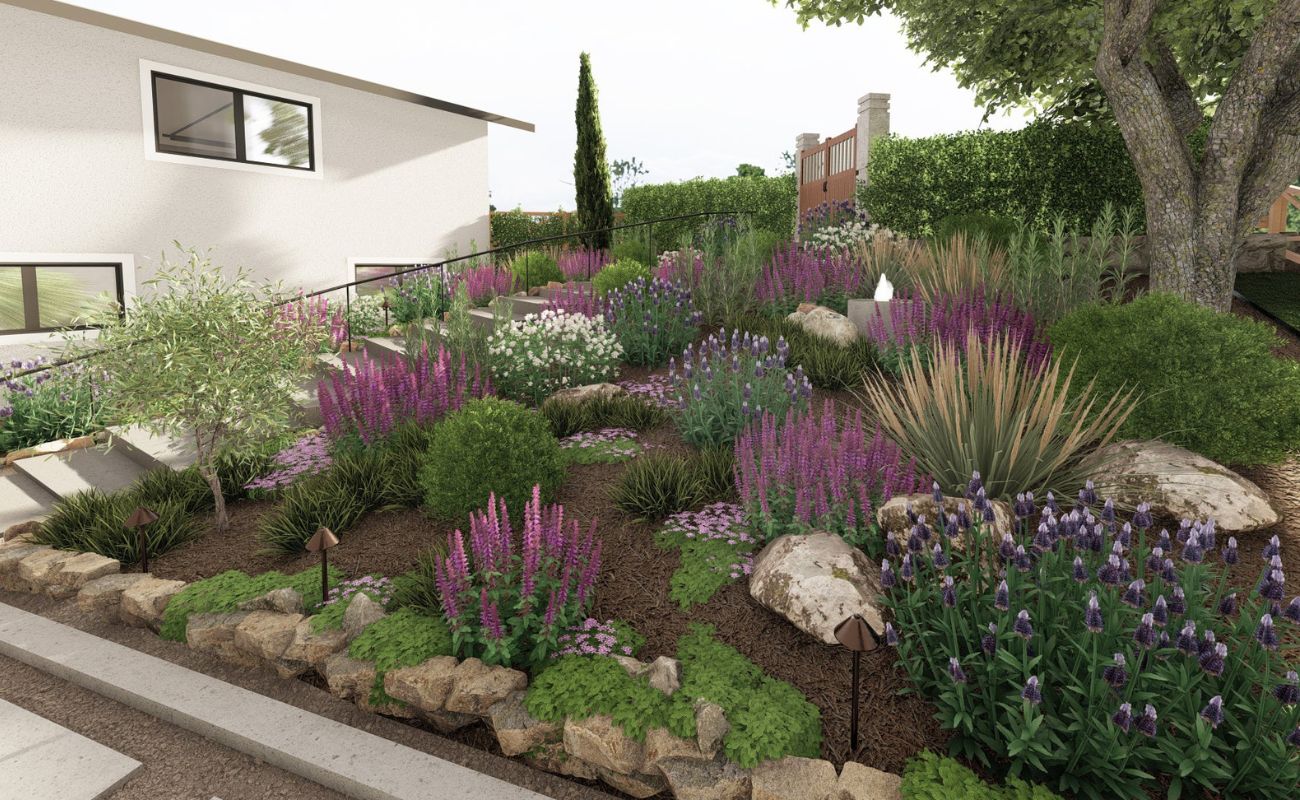
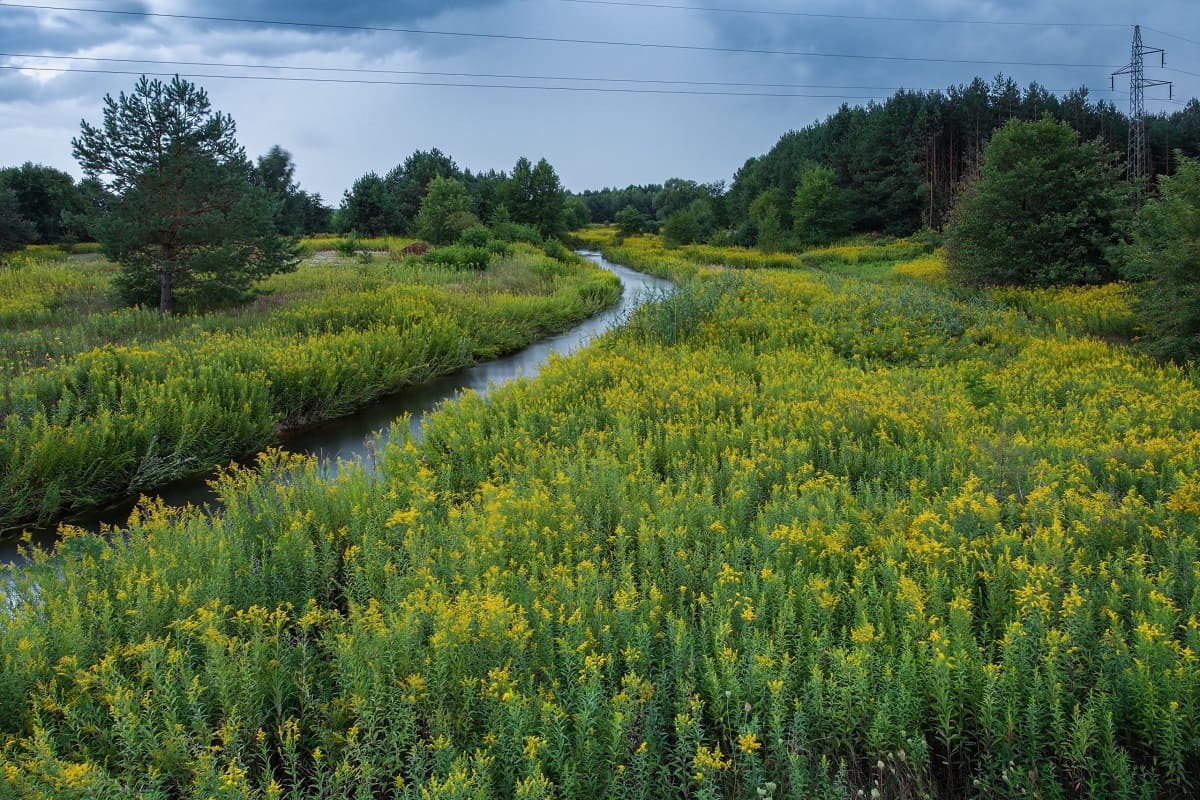
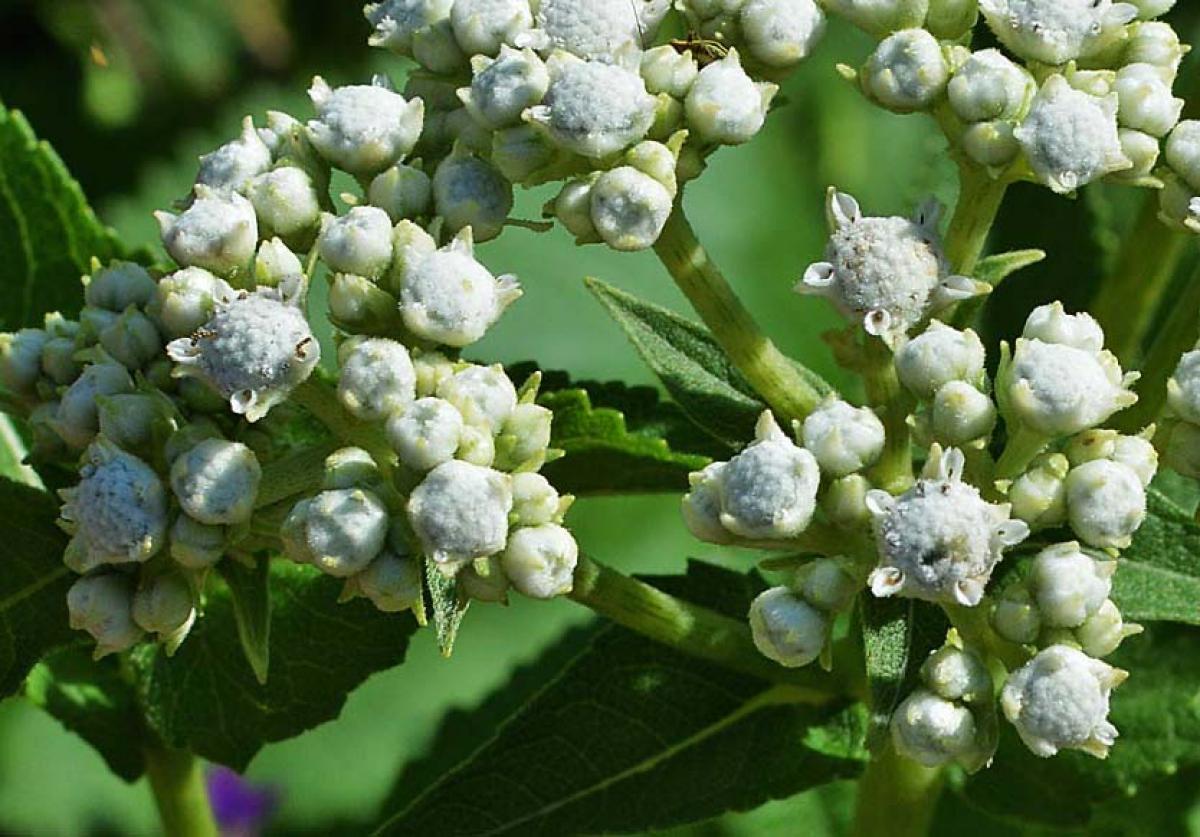
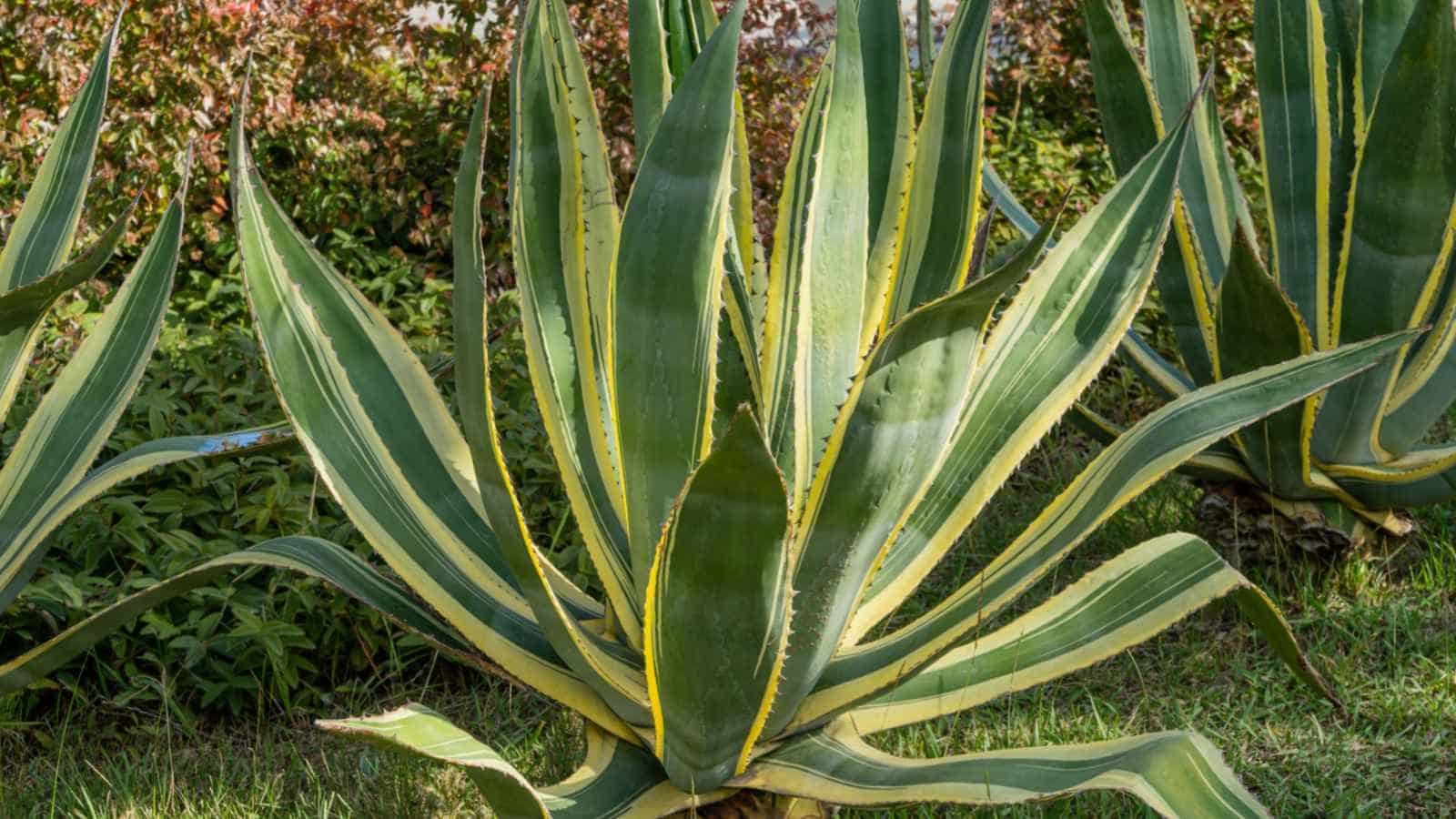
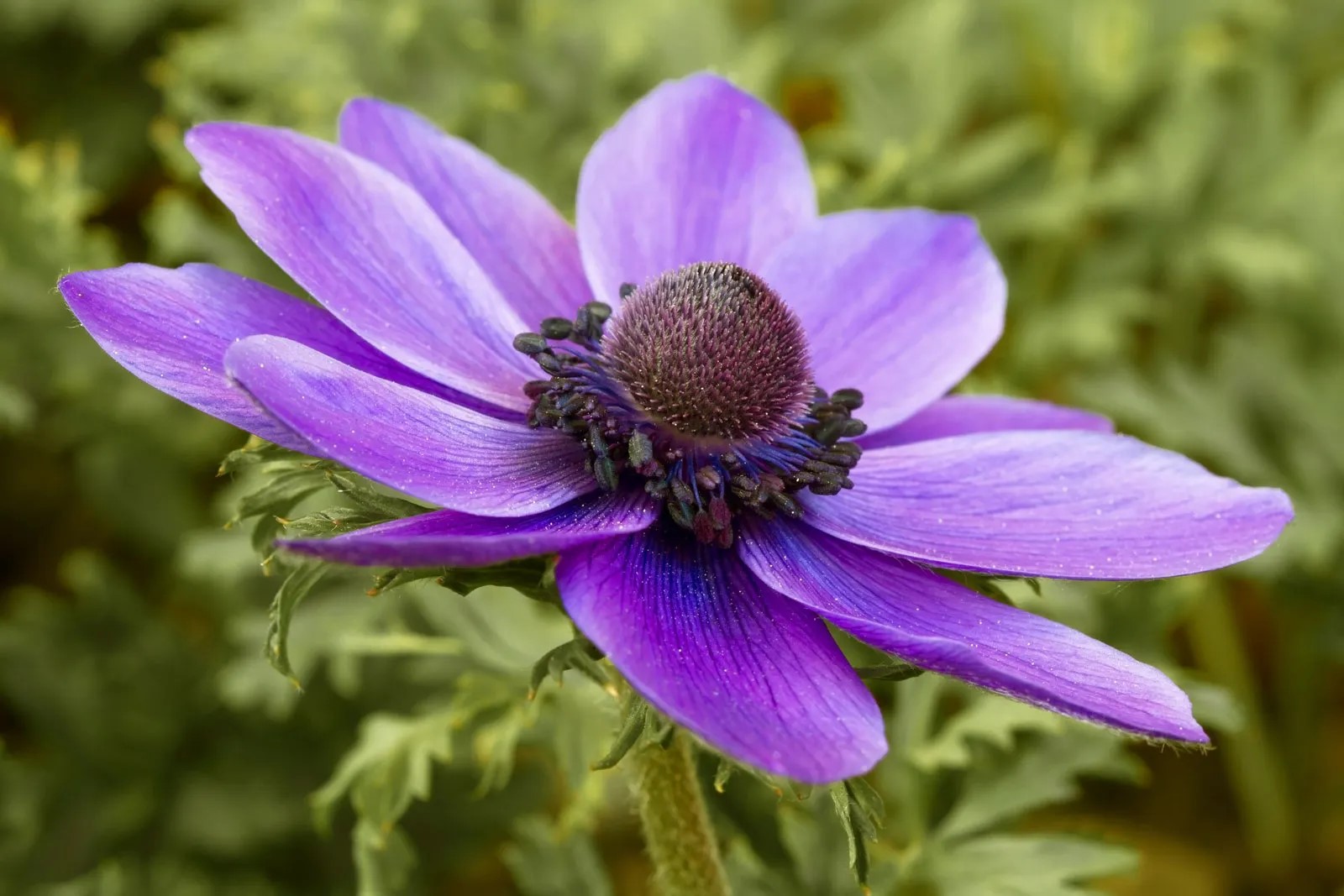



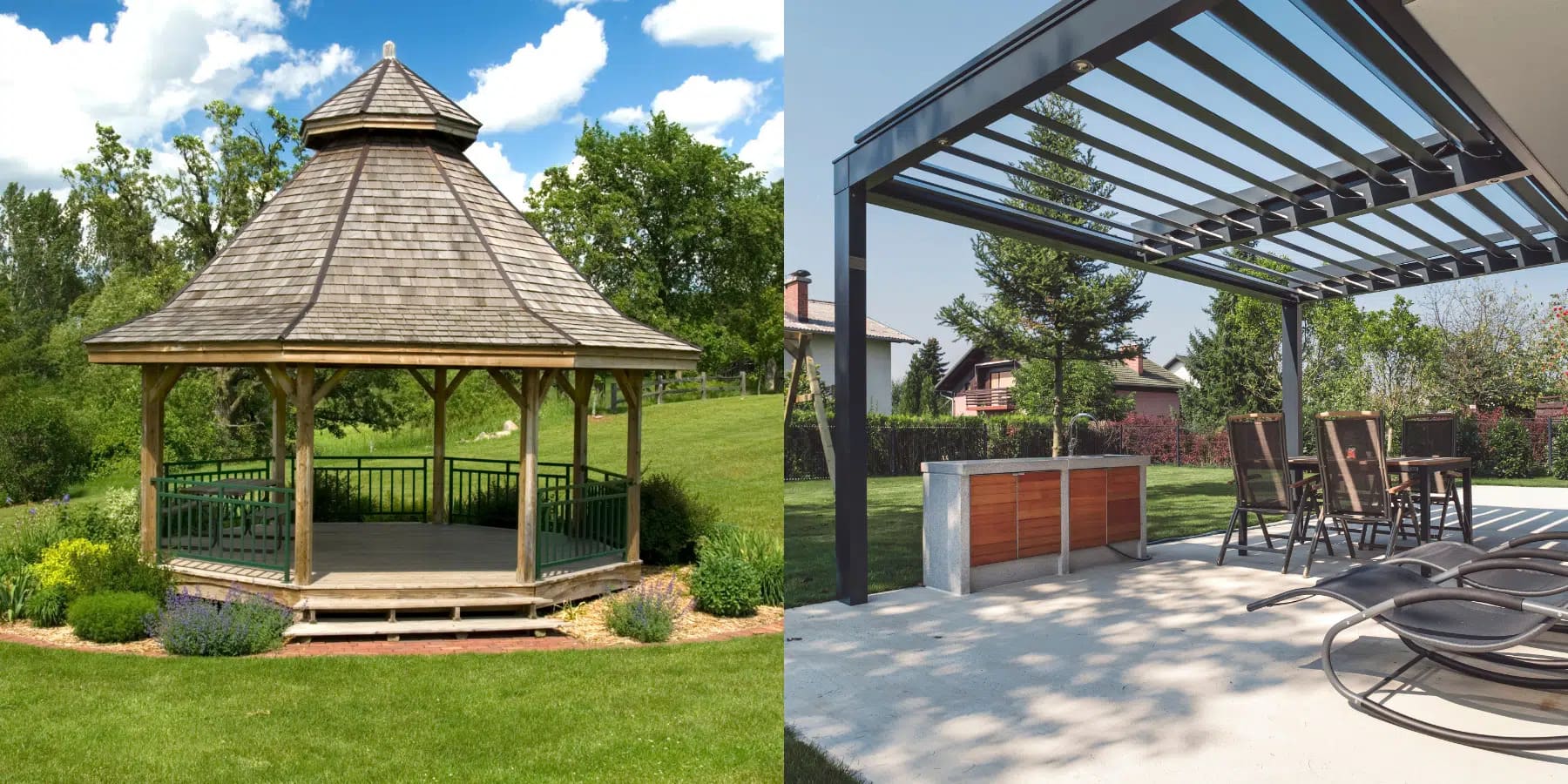







0 thoughts on “What Is The Difference Between A Utah Native Plant, A Xeriscape Plant, And A Low Water Use Plant?”